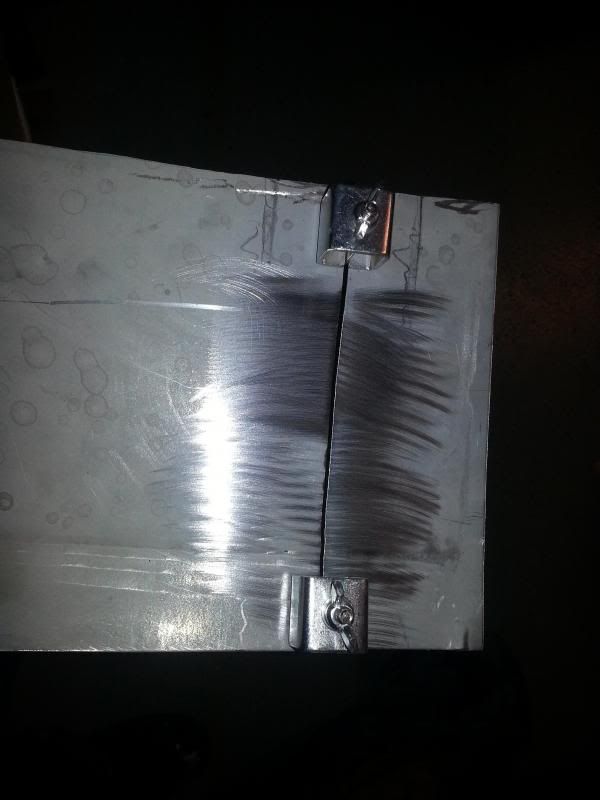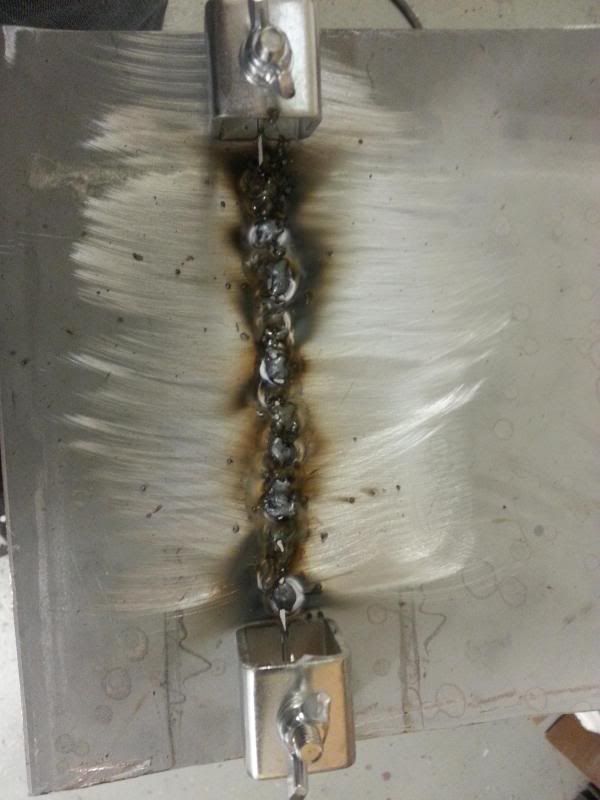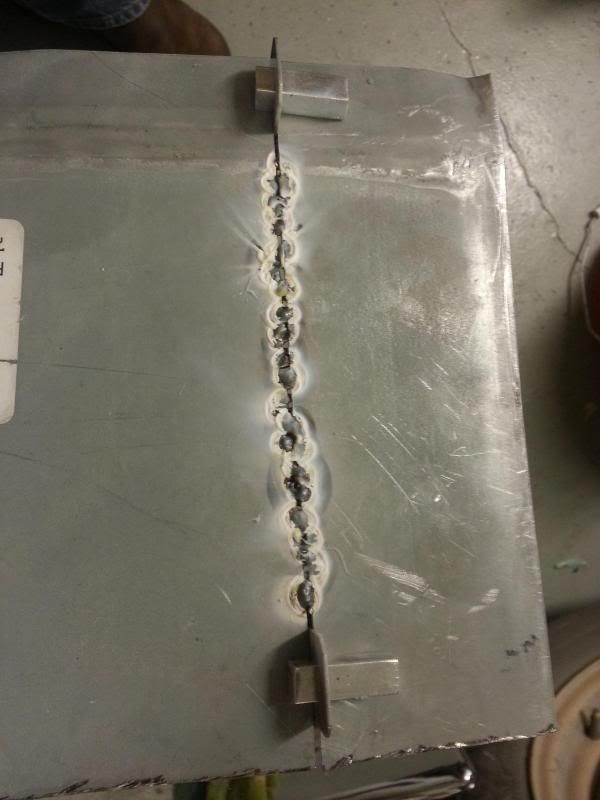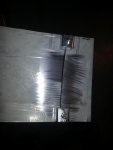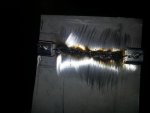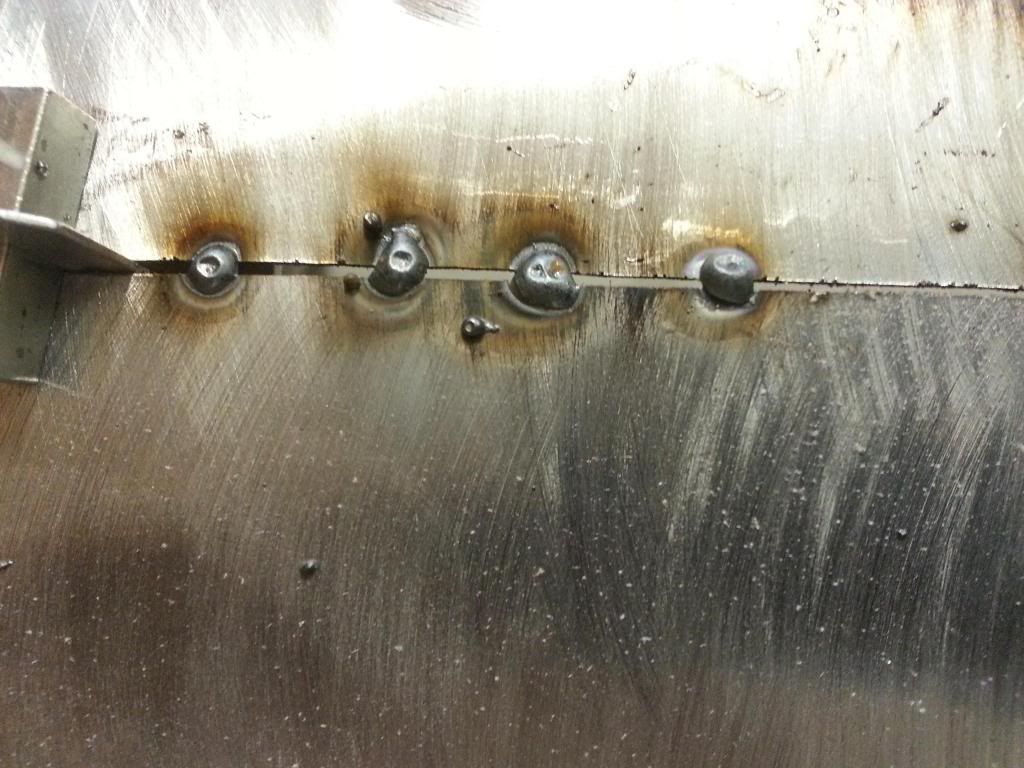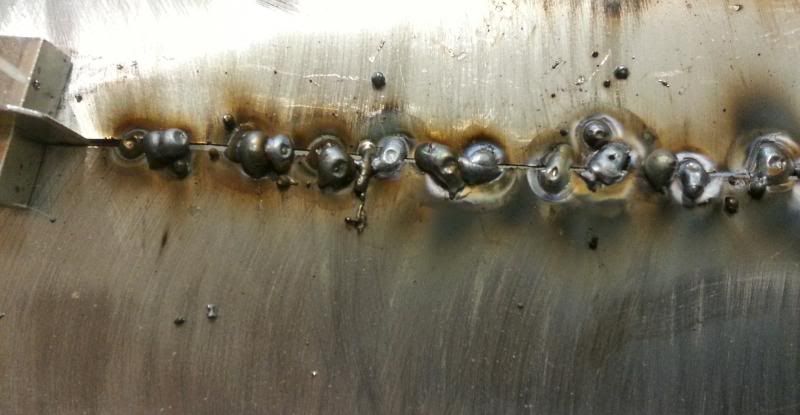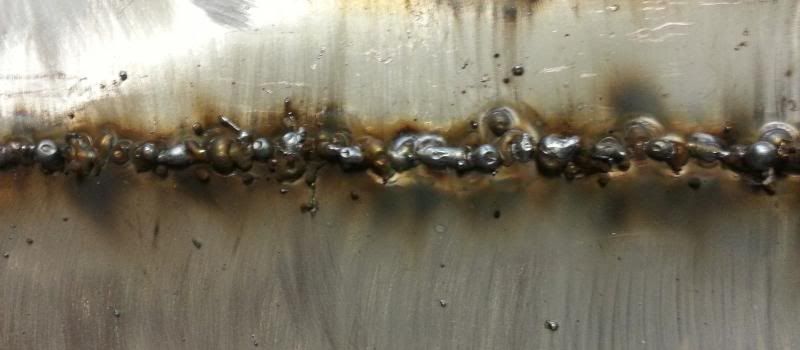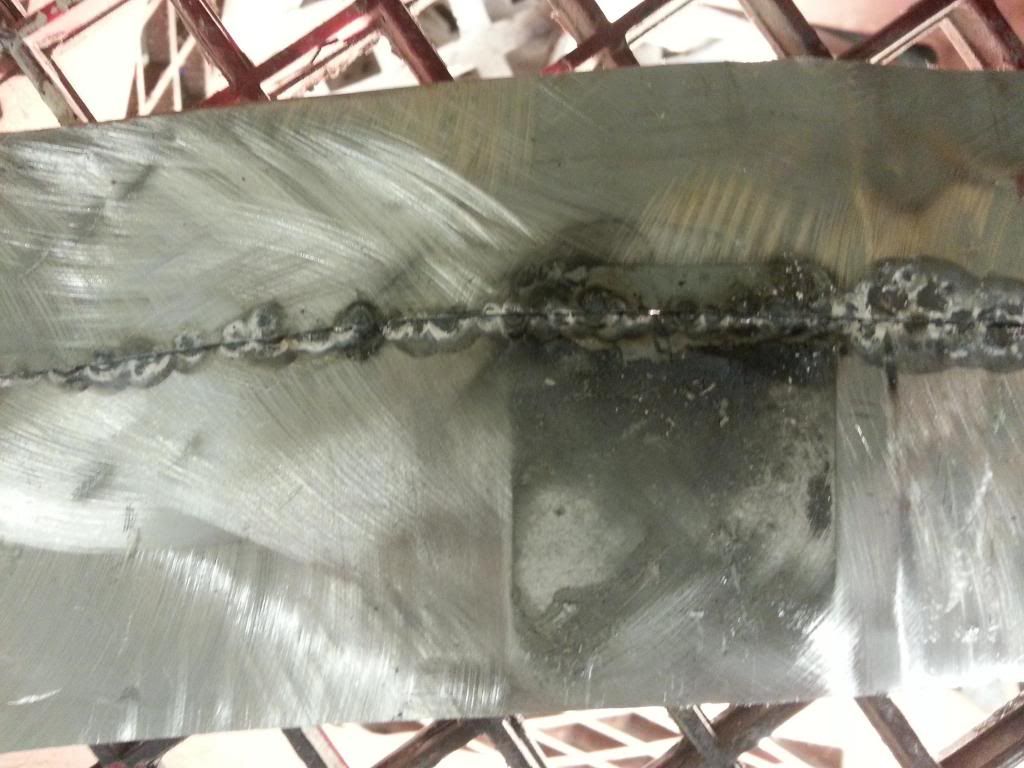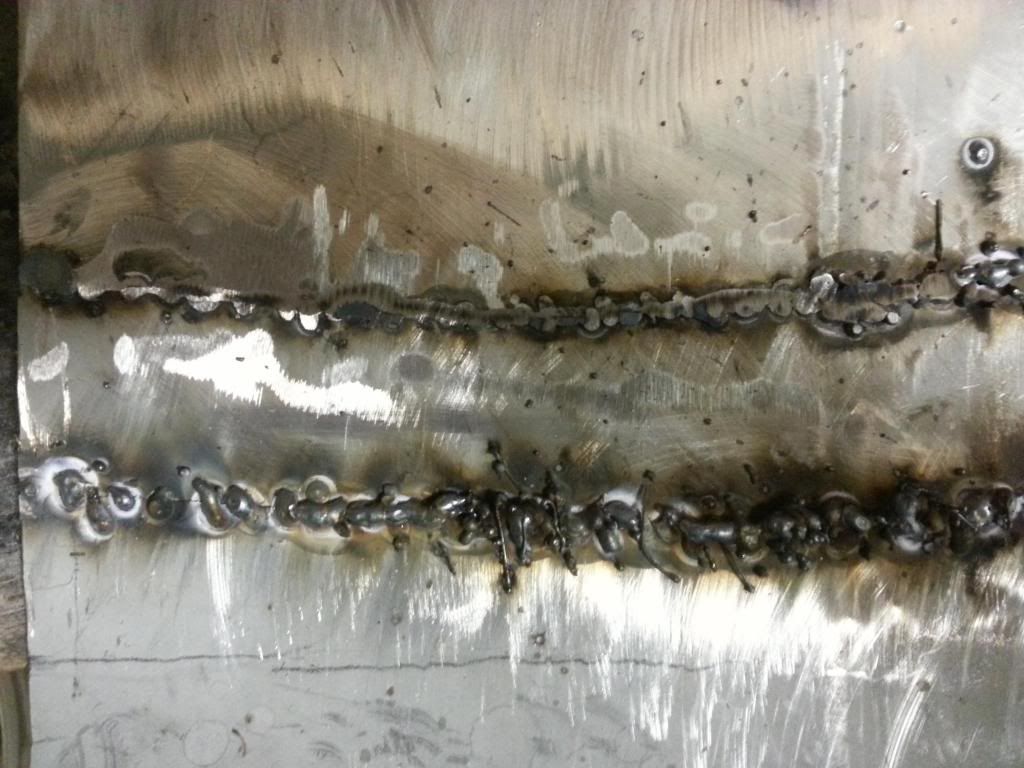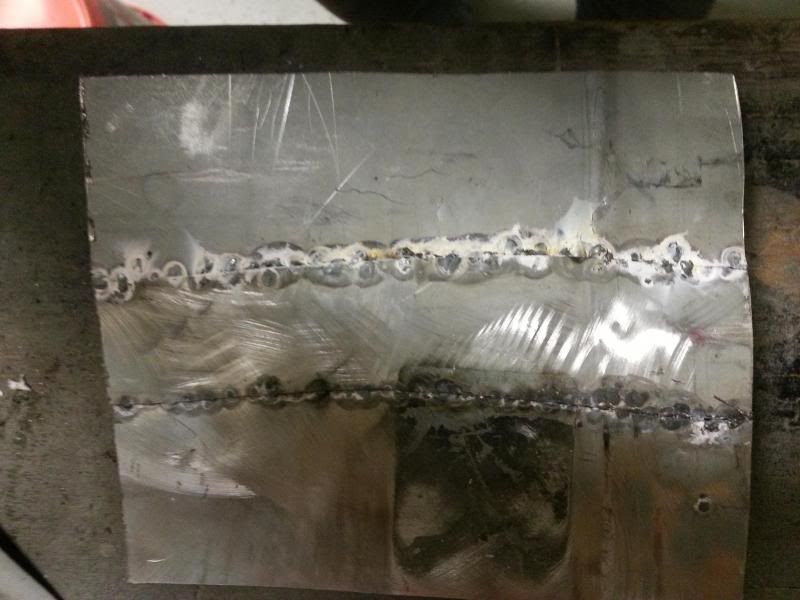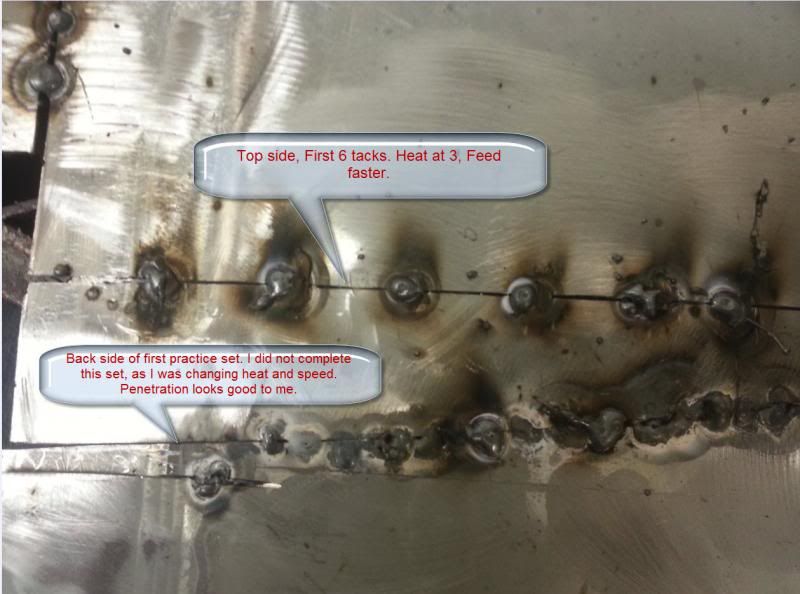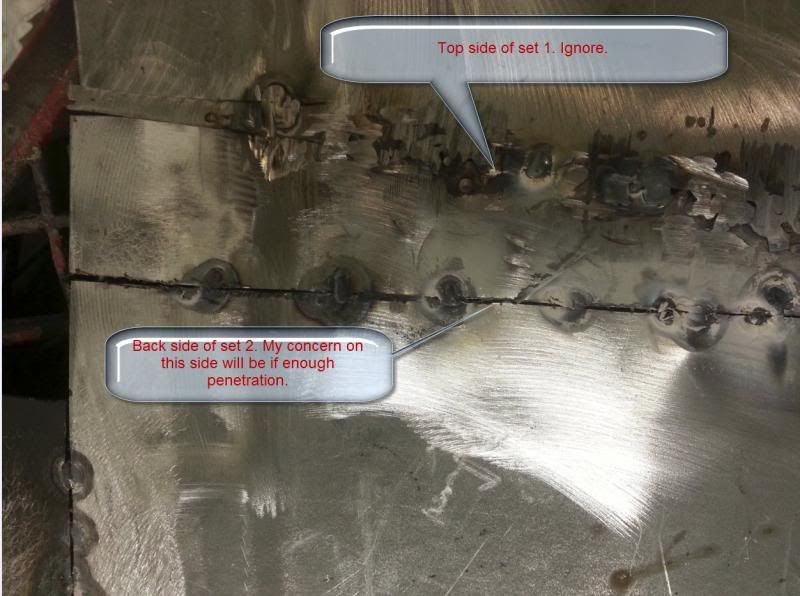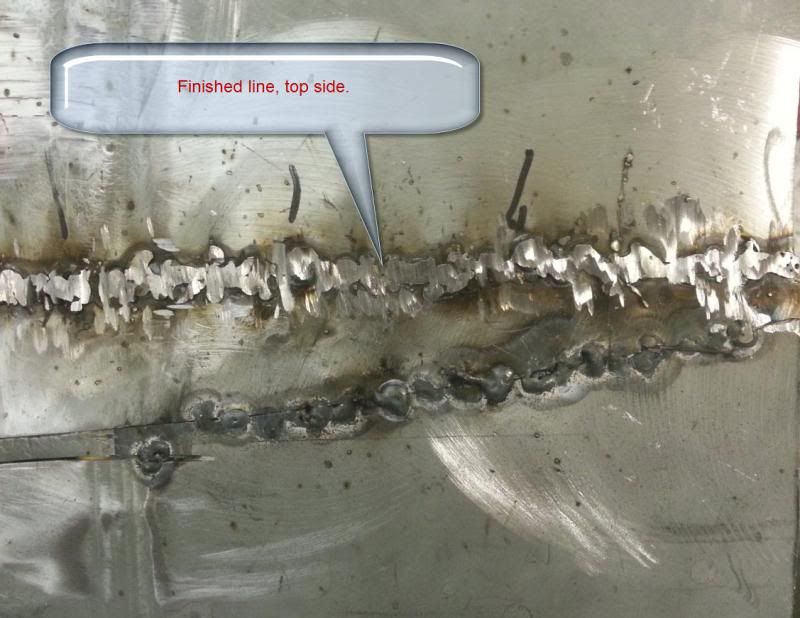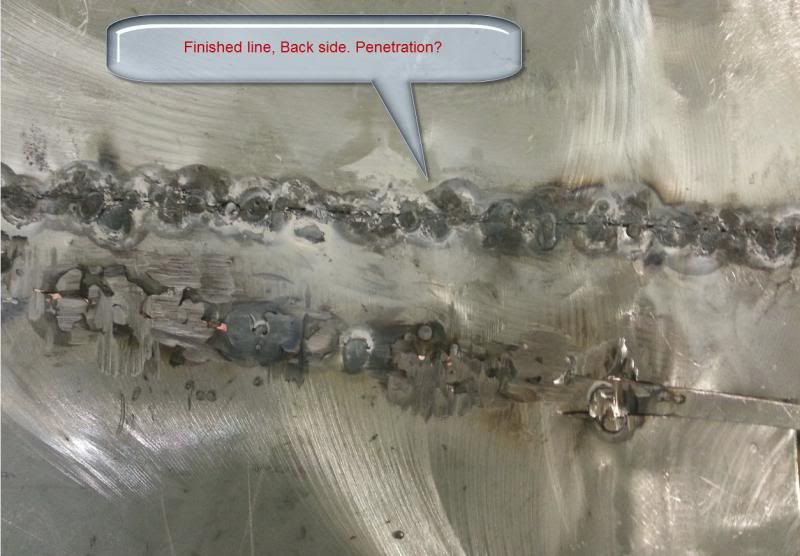56_Kruiser
New member
I have a Linde 160 Mig welder, and a new TPlus15 torch. I'm not an experienced welder. I have always had this problem:
I have the wire stop pushing through the torch, and then wadding up at the roller that pulls the wire. One thing that happend once while threading: I manually pushed the wire through, and it ultimately got stuck and I couldn't push it through. Pulled it out, cut it off, and threaded successfully.
So, I'm trying to spot weld, two pieces of .022 together. Definitely need to practice. But I can barely get a tack, and then it piles up in the welder again. The chart on the welder says to set the heat at 1, the lowest setting. NOt sure about speed. If I get it too slow, the wire burns up and sticks to the tip.
What would you suggest is my problem, the first thing to try?
I have the wire stop pushing through the torch, and then wadding up at the roller that pulls the wire. One thing that happend once while threading: I manually pushed the wire through, and it ultimately got stuck and I couldn't push it through. Pulled it out, cut it off, and threaded successfully.
So, I'm trying to spot weld, two pieces of .022 together. Definitely need to practice. But I can barely get a tack, and then it piles up in the welder again. The chart on the welder says to set the heat at 1, the lowest setting. NOt sure about speed. If I get it too slow, the wire burns up and sticks to the tip.
What would you suggest is my problem, the first thing to try?

